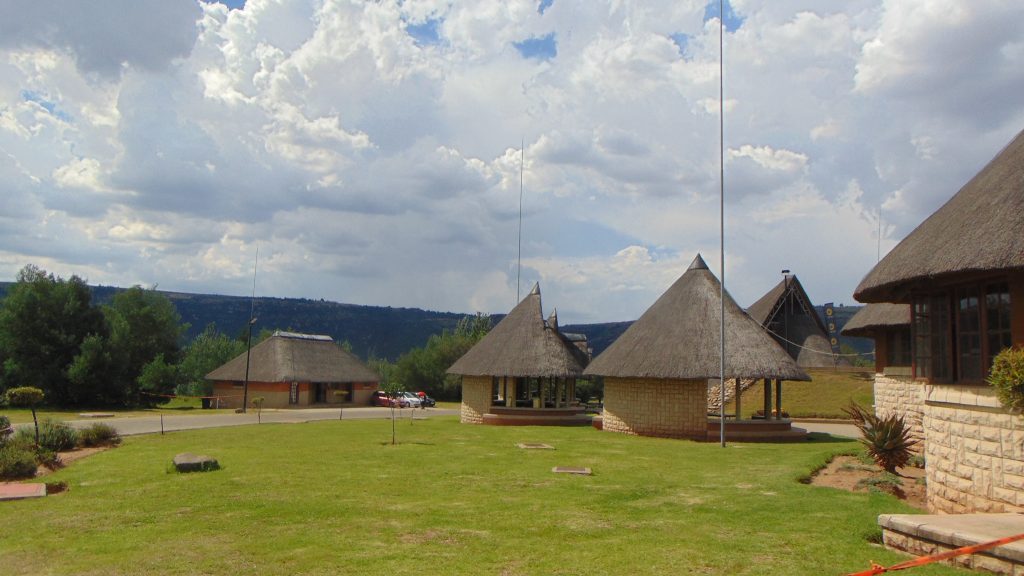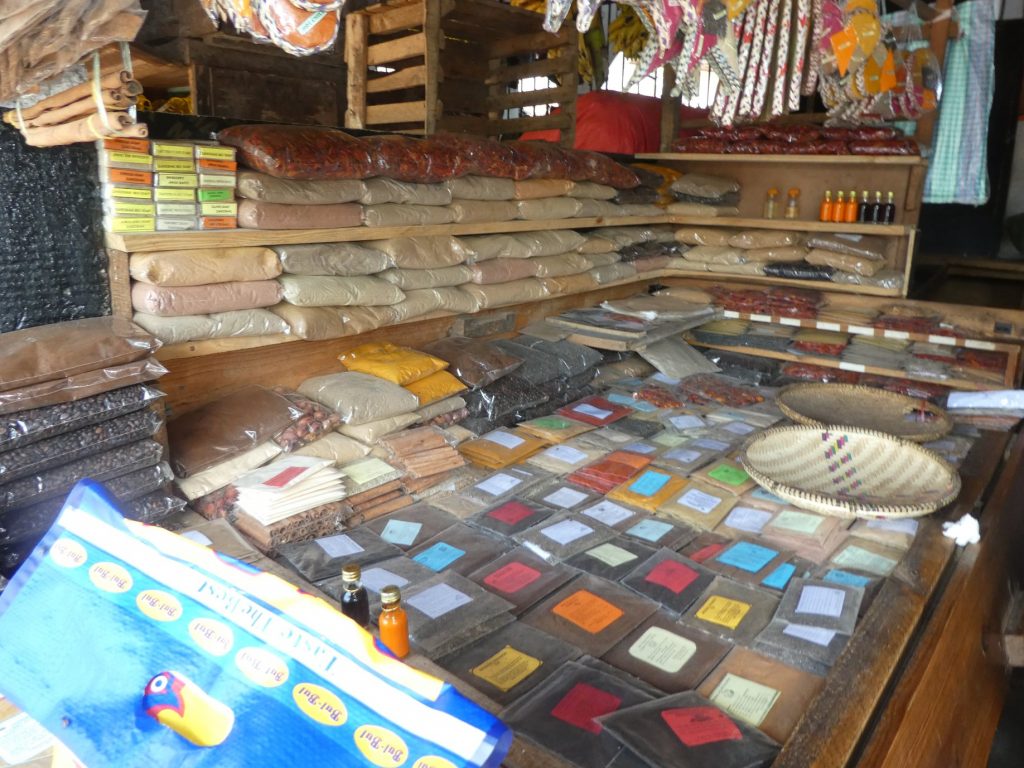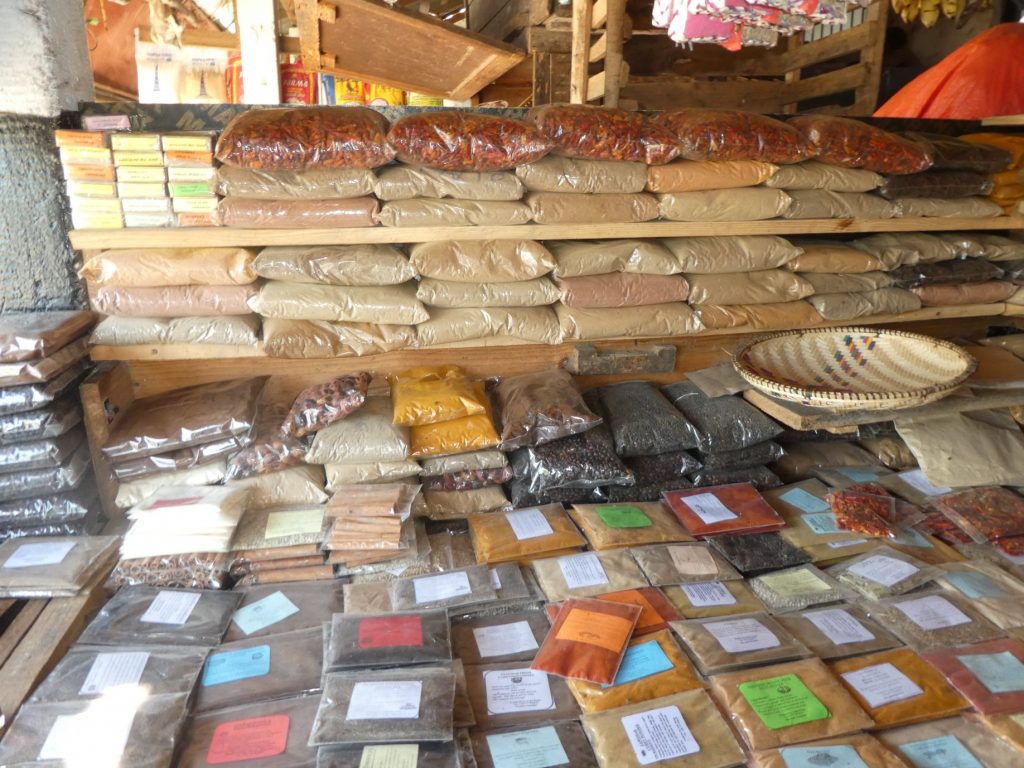
History Rewritten – Meet the van Riebeecks
December 19, 2021
Land and Other Questions (Part One)
December 22, 2021
By Satish Sekar © Satish Sekar (December 21st 2021)
The Consequences of Johan van Riebeeck’s Arrival
When Johan van Riebeeck and his fellow travellers arrived at Table Bay (Cape Town) in 1652 they could not have known that their arrival would disrupt life on the oldest continent for ever. At first, they wanted to trade with the local inhabitants, known as Khoikhoi, hunter-gatherers who had occupied the land of Southern Africa from Namibia to Mozambique for around 25 millennia.
Their way of life had lasted thousands of years, and they had no intention of changing it to suit the new settlers. They would not sell their land and property to suit the wishes of the Dutch. They were dispossessed as the Dutch established and then expanded their settlement, but still the Khoikhoi would not work for the Dutch.
The Spice of Life
The Dutch East India Company (DEIC) controlled the spice trade, which gave them financial and political clout. Cape Town would become an essential part of that trade. They had already seized colonies in the East Indies (Indonesia) and parts of Asia to grow the prized commodities, but European markets were far, far away. South Africa offered a convenient solution.

Zanzibar has a sad and similar story.
At first, the DEIC did not want a settlement, just a glorified refuelling point, but they soon discovered something important – red wine was better at combating scurvy than water, but that required growing grapes and more which could not be delivered quickly. A settlement was required and without the cooperation of the Khoikhoi there were few options.
Origins of Race-based Slavery & the Slave Trade in South Africa
The Dutch tried negotiation without success. The Khoikhoi’s possession of land and domesticated animals meant they had no incentive to help the Dutch. Dispossessing them didn’t help. The Dutch resorted to a despicable solution. John van Riebeeck wrote to the Heeren 17 (Directors of the Dutch East India Company) asking them to send slaves from Batavia (now Jakarta) and also from African nations. Slaves were purchased from the Portuguese in Angola and Ghanaians were purchased too.
This was the origin of race-based slavery and the slave trade in South Africa. So, while, spices improved the taste of food, it came at a great price. But it has a largely unknown tint to it. The bestial slave trade’s diaspora from Africa is well known, but what about the diaspora to Africa – South Africa in particular – from the Dutch colonies in East Asia and the Dutch East Indies?

Van Riebeeck’s Legacy
This diaspora explains the presence of Malays and Indonesians in South Africa, especially the Cape. They came as slaves first and indentured labourers later.
Van Riebeeck believed in slavery – he brought it to the Cape – and white supremacy too. This is an important part of van Riebeeck’s legacy. Should he be celebrated? Should his statue look down on life in the centre of Cape Town or be consigned to a Museum of Infamy where his role in the tortured history of this country can be explained and understood? Or should a rewritten and false version of history persist? Cape Town has a Museum of Slavery. Shouldn’t that be where the statue of van Riebeeck should remain on a plinth that explains his role in South Africa’s slave trade and race-based slavery. After all, the slavery that van Riebeeck brought to South Africa also brought white supremacy to the Cape. The policies of the DEIC in east Asia and Indonesia first laid the foundations of despicable policies. This was the poisoned seed that grew into Apartheid. Van Riebeeck’s role in that cannot be overlooked.



